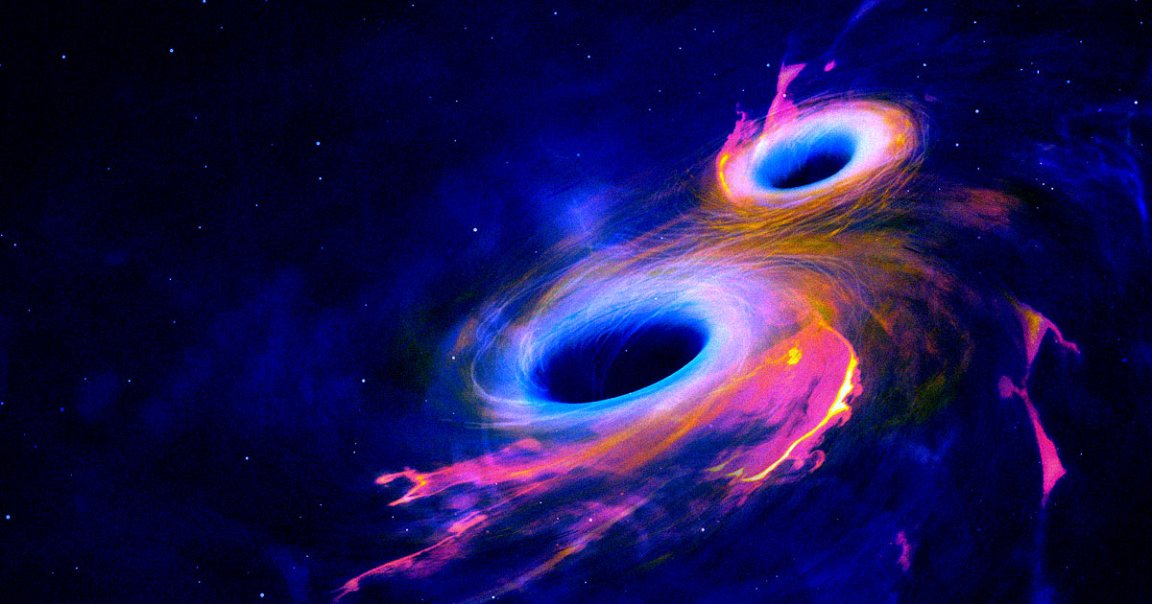
Cosmic Cannonballs
Astronomers have discovered a fascinating pulsar that’s been stripping material from its companion star for decades, launching the stolen matter into the cosmos like “cosmic cannonballs.”
Pulsars are highly magnetized remains of dead stars that release electromagnetic pulses at surprisingly regular intervals.
But a pulsar called PSR J1023+0038, roughly 4,500 light-years away in the Sextans constellation, has some unusual properties that caught the astronomers’ attention. Specifically, it releases pulses at varying levels of brightness as if switching between two “modes.”
As detailed in a new study published in the journal Astronomy & Astrophysics, the international team of researchers concluded that the star was flinging out accreted mass stolen from its companion star. The team detected this activity in the form of millisecond radio waves across 12 different telescopes and instruments.
“We have witnessed extraordinary cosmic events where enormous amounts of matter, similar to cosmic cannonballs, are launched into space within a very brief time span of tens of seconds from a small, dense object rotating at incredibly high speeds,” said lead study author Maria Cristina Baglio, a researcher at New York University Abu Dhabi, in a statement.
Pain Stripper
The unusual pulsar appears to switch between a “high” and “low” mode, first giving off bright X-rays along with UV and visible light, then dimming down significantly and emitting radio waves. Each mode lasts for several seconds or minutes, while the switch from one to the other lasts just a few seconds.
Over two nights alone back in June 2021, the researchers saw the binary system switch between these two modes 280 times.
The team suggests the flinging of accreted material could explain this puzzling behavior.
“We have discovered that the mode switching stems from an intricate interplay between the pulsar wind, a flow of high-energy particles blowing away from the pulsar, and matter flowing towards the pulsar,” said co-lead Francesco Coti Zelati, a researcher at the Institute of Space Sciences, Barcelona, Spain, in the statement.
Yet plenty of questions remain. For instance, we still don’t know if PSR J1023+0038 is unique in the universe.
Fortunately, the European Southern Observatory’s Extremely Large Telescope, which is currently being built in Chile, could allow the team to learn more about the strange phenomenon.
“The ELT will allow us to gain key insights into how the abundance, distribution, dynamics, and energetics of the inflowing matter around the pulsar are affected by the mode switching behavior,” said co-author Sergio Campana, research director at the Italian National Institute for Astrophysics, in the statement.
More on pulsars: Mysterious Space Object Has Been Pulsing Every 20 Minutes Since the 1980s